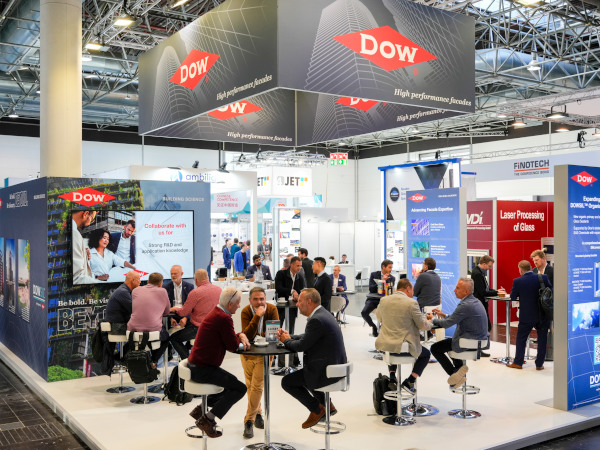Date: 6 August 2015
Glas Egger have long been convinced of the quality of Bohle for glass processing products.
When deciding about the most recent investments, Erich Pribek, managing director of the company, arranged for three straight line edgers and one large twin belt grinding machine to be equipped with the Bohle coolant cleaning system from the sedimentor series.
Convincing test run
In the first step a test run was organized for an 8-spindle straight line edger to operate with a 300 litre sedimentor, the smallest Bohle model. Even after only a few weeks Erich Pribek already realized that this investment involved enormous advantages: “Due to the improved water quality in the cooling circuit and the resulting lower contamination of the straight line edger, a considerably longer durability of grinding discs is achieved. The reduced service costs furthermore extend maintenance intervals. This saves huge amounts of time and staff expenses when it comes to cleaning the water tanks.”
Investments that pay off immediately
“During its test run the coolant cleaning system has proven to save man and machine hours and moreover has a positive impact on the durability of grinding discs. The logical consequence was to equip our 14-spindle straight line edger with a large 2,400 litre sedimentor”, managing director Pribek explains and adds. “This machine alone processes more than 60.000 metres of glass edges every year.” The fact that the 8-spindle straight line edger at the company located in Ilz was also equipped with a 300 litre sedimentor shows how much Egger Glas have been convinced of the cost efficiency of the Bohle sedimentors. This location also uses a glass washing machine VertiClean in one of its processing units.
“Both the company management and the machine operators have clearly recognized the advantages of the Bohle system”, Franz Schreibmaier says. The staff operating the machine have reported that the diamond grinding discs show much more efficient results now and abrasion, refrigeration and durability of the grinding discs have been considerably improved due to the purified coolant. The contamination is significantly lower which eases the cleaning of the complete system.
Clear water in two steps and two hours
Instead of continuously pumping water through the permanently operating centrifuges, the large receptacle of the Bohle sedimentor takes 30 minutes to fill with water without requiring significant amounts of energy. Due to the optimum construction of the receptacle and different inserts, 70% of glass particles sink to the bottom of the plant whilst the receptacle is being filled.
After this so-called effective sedimentation, a second cleaning step follows. During flocculation and precipitation the automatically dosed amount of flocculant is added to the water. This process takes 30 minutes. Water, glass particles and flocculant are mixed through the program-controlled flow regulation.
Glass particles and flocculant mix and sink to the bottom of the receptacle. When the cleaning process is concluded, the residual sludge is drained through a valve at the bottom of the receptacle into a filter bag. The purified water is then returned to the cooling circuit.
This is Egger Glas
Egger Glas has 200 employees at five locations; its core business lies in the fabrication of safety and insulating glass. The company has its own team for mounting glass installations, they are active predominantly in Eastern Austria.
The twin belt grinding machine, the washing machine and especially the three straight line edgers, two 8-spindle and one 14-spindle model, process more than 125,000 metres of glass edges a year.









Add new comment